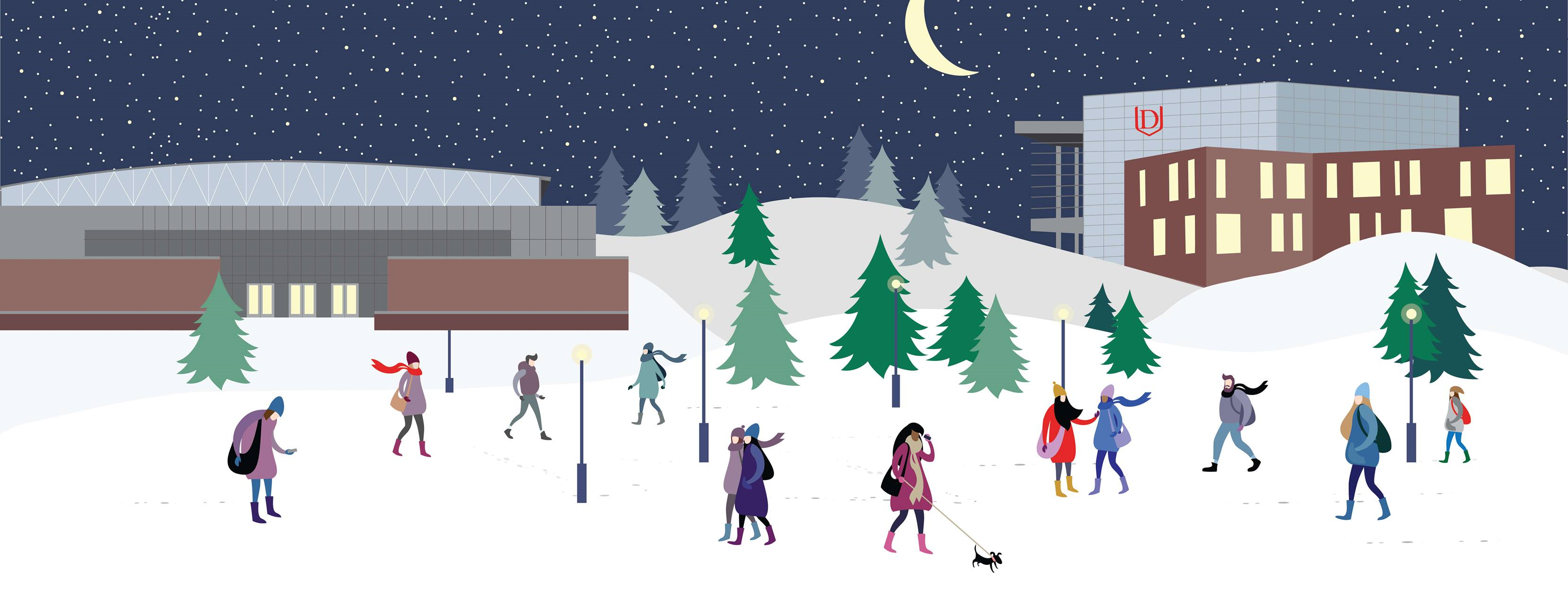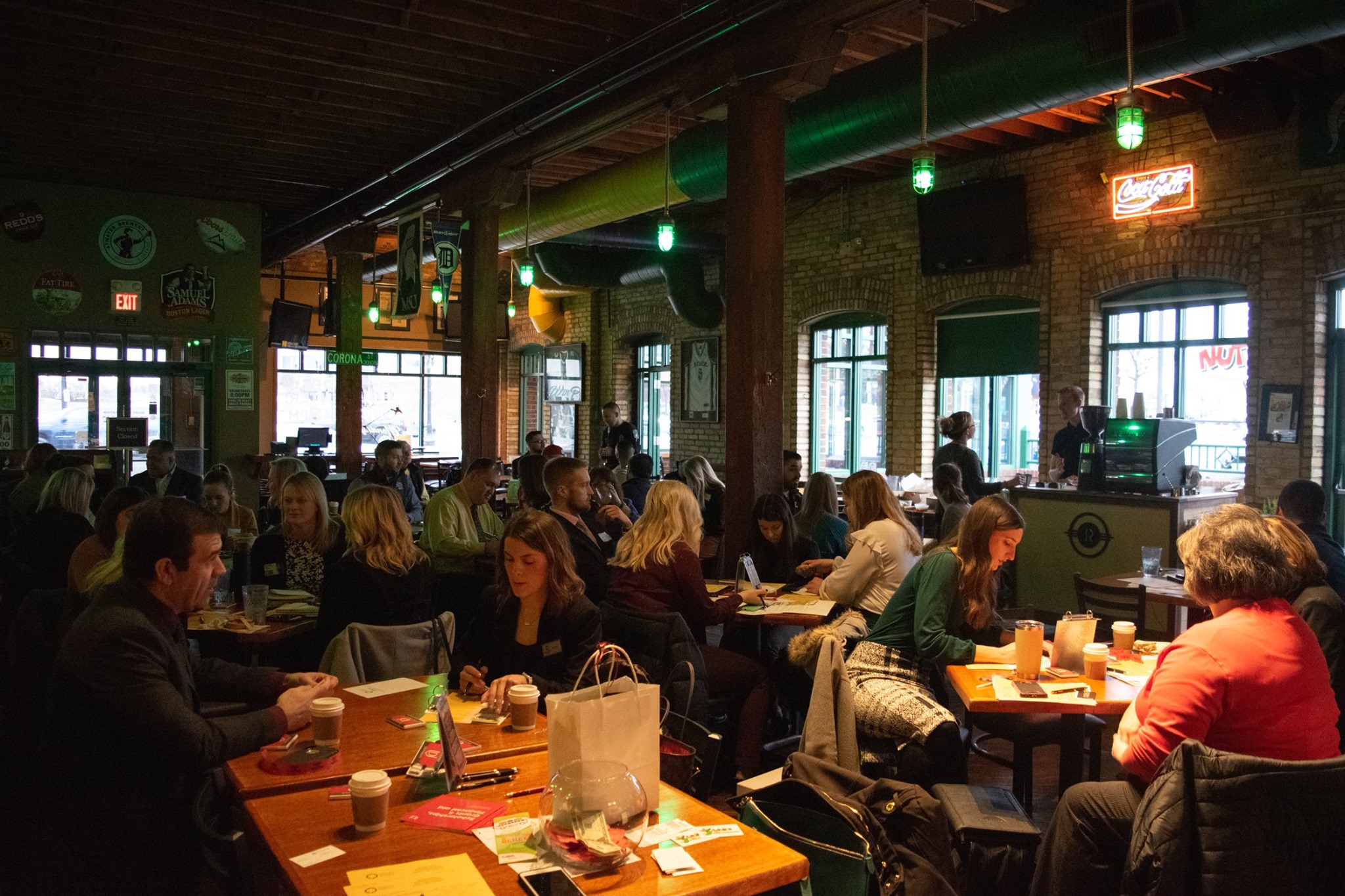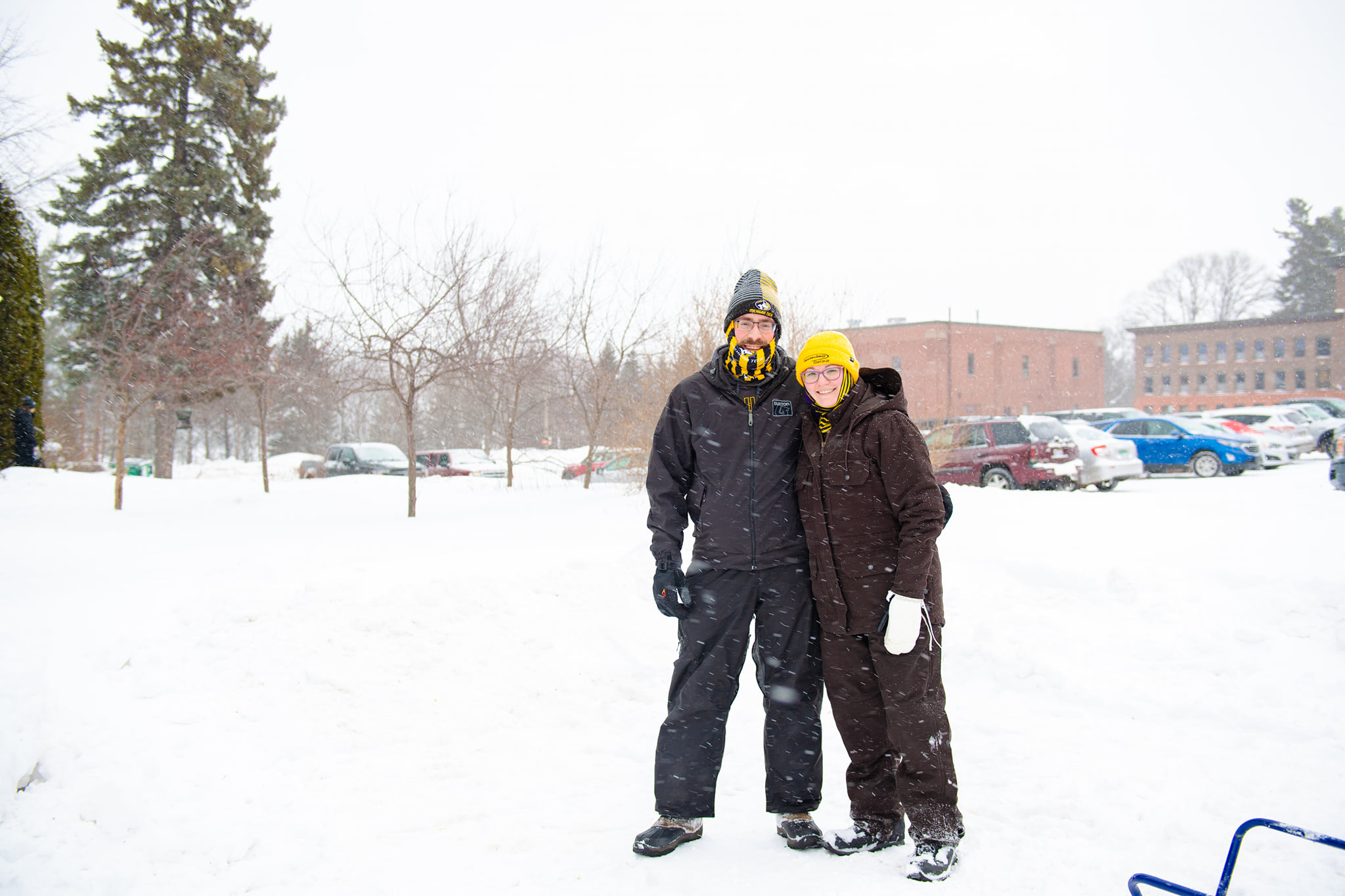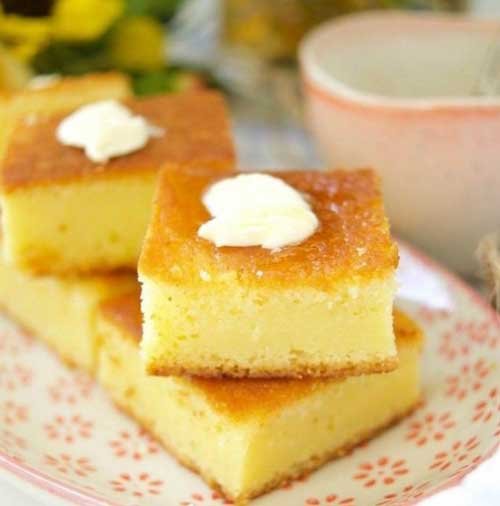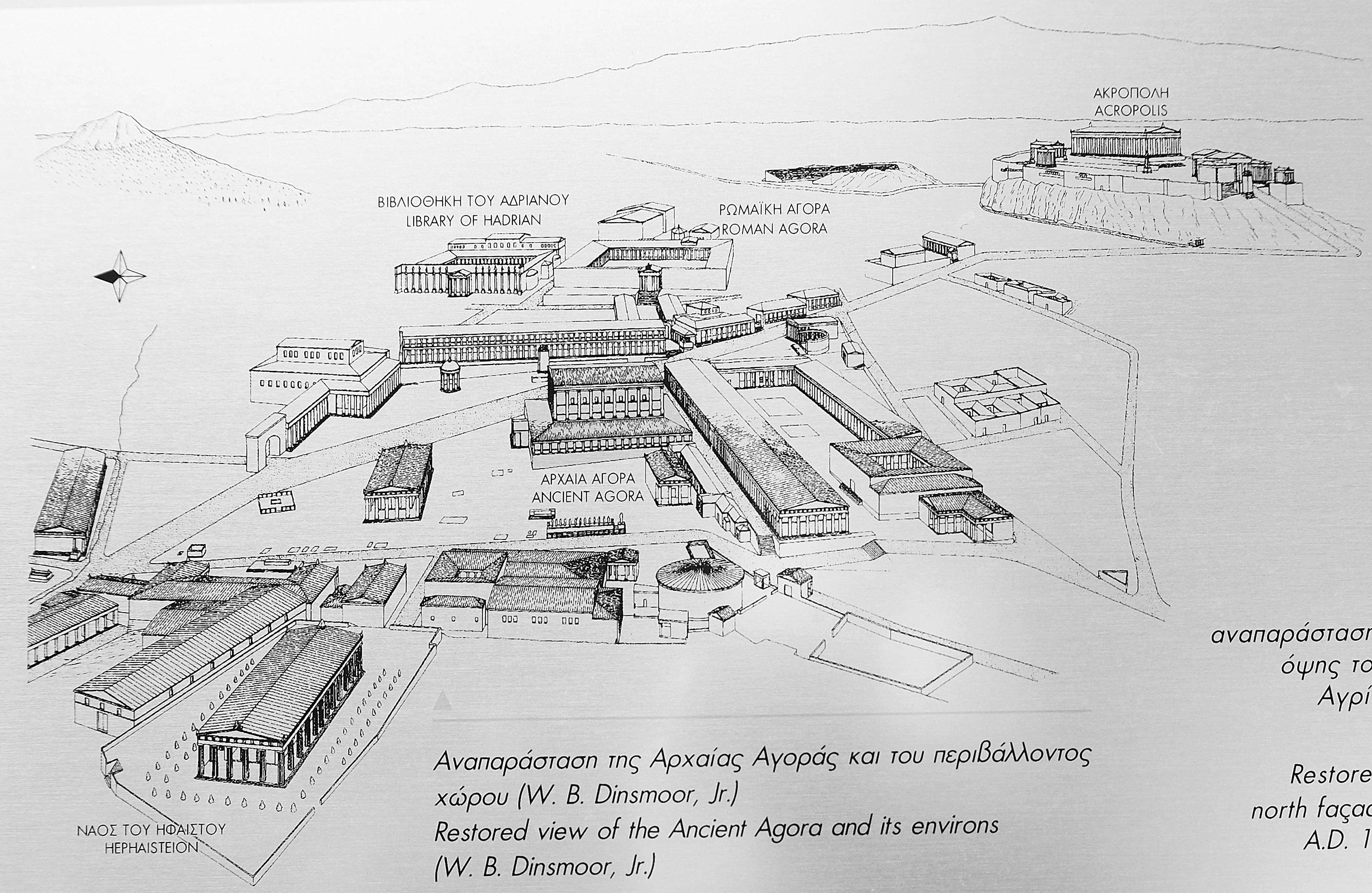E-Sport
- Home Page 9

10 Tampa Bay
Lakeland Florida high school offers free clothes and laundry facilities. Expansion of this concept to Saturdays for all students in the district would contribute to greater utilization of square footage that is normally unused. It may also lower energy cost and contribute to “family feeling” in the district.
Schools install laundry facilities to help students in need, improve attendance
I was admiring my gran’s sewing machine today. I think it was probably her mother’s. Amazing that a mass-produced tool was made to look like *this*. pic.twitter.com/fiT5NxtzNA
— Peter Ross (@PeterAlanRoss) September 26, 2024
The 98th commencement ceremony for H.B. Plant High School celebrates the remarkable graduating class of 2025!
🎓 “Your dedication, perseverance, and willingness to give your all have brought you to this moment. As you move forward, embrace every opportunity with the same spirit… pic.twitter.com/oJ9K1NSgeG
— Hillsborough Schools (@HillsboroughSch) May 24, 2025
“Washing Day” 1885 John Williams Waterhousehttps://t.co/xECh8y6kCbhttps://t.co/NsIhHF46RKhttps://t.co/jXZaRdSsbf pic.twitter.com/GzG85BmLGb
— Standards Michigan (@StandardsMich) July 15, 2023
Gingerbread Latte
Davenport University Dining | Kent County Michiganhttps://t.co/EhJHcY3eh6https://t.co/C9ommPbsge@DavenportUhttps://t.co/RpHbzBa1gQ pic.twitter.com/poVvpXPjIu
— Standards Michigan (@StandardsMich) December 18, 2023
ProPublica Nonprofit Explorer: Davenport University, Kent County Michigan
Davenport University Facilities
Across our campuses, Davenport is spreading holiday cheer! ❤️ From food drives to toy collections and volunteer events, our students, faculty, and staff are giving back and making a difference this season. 🎄🌟 Learn more here: https://t.co/MT6VjVN2XU pic.twitter.com/ALgbVcxTjr
— davenportu (@DavenportU) December 17, 2024
Self Reliance: Ralph Waldo Emerson
“Self-Reliance” by Ralph Waldo Emerson is an essay that emphasizes individualism, nonconformity, and the importance of trusting one’s own instincts. Here are some passages from this influential accomplishment that informs American culture:
“Trust thyself: every heart vibrates to that iron string.”
” A foolish consistency is the hobgoblin of little minds, adored by little statesmen and philosophers and divines.”
“To be great is to be misunderstood.”
“Whoso would be a man must be a nonconformist.”
“Nothing can bring you peace but yourself. Nothing can bring you peace but the triumph of principles.”
These excerpts capture the essence of Emerson’s philosophy in “Self-Reliance,” promoting the idea of individualism, self-trust, and the pursuit of one’s unique path in life.
We have avoided listing interpretations offered by artificial intelligence algorithms because those algorithms are informed by at least one-hundred years of biased interpretation by scholars funded by the US federal government which has long since grown hostile to individualism; worthy coffee-house debate. We recommend you consult the original text, linked above.
💉✨ Choose your pathway to nursing success! Davenport’s BSN program offers flexible admission options, no waitlists, and three years of hands-on learning. Apply now! https://t.co/nJB6eNMhBs
Read more about DU’s BSN program here: https://t.co/tqz2Dvyn4A pic.twitter.com/TDYHiIKtc4
— davenportu (@DavenportU) November 18, 2024
Morning Porridge
Porridge is a dish made by boiling grains, legumes, or starchy plants like oats, rice, cornmeal, or barley in water or milk until it reaches a soft, thick, and creamy consistency. It’s often eaten as a breakfast food and can be sweetened with sugar, honey, or fruit, or flavored with spices and other ingredients.
Common examples include oatmeal, rice porridge (like congee), and millet porridge. The specific ingredients and preparation vary widely across cultures and regions.
Not to be confused with grits; a specific type of porridge made from corn, with a distinct texture and cultural role, while porridge is a broader category encompassing many grains and preparations.
It was a work of love for Sir Roger. pic.twitter.com/mAHqCcYE4B
— Adam Krell (@adamkrell) November 24, 2025
Peppermint Coffee
“It’s Time To Tell You EVERYTHING…” | Victor Davis Hanson
“Established in 1956, National University of Natural Medicine is the oldest accredited naturopathic medical university in North America and a leader in natural medicine education and evidence-based research. As one of the most respected universities of natural medicine in the world, our participation in international medical education and research is routinely solicited. We believe in the healing power of nature, and that food is medicine.”
Peppermint, scientifically known as Mentha × piperita, is a hybrid mint, a cross between watermint (Mentha aquatica) and spearmint (Mentha spicata). It belongs to the Lamiaceae family, which also includes other aromatic herbs like basil, rosemary, and lavender. Here are some key scientific points about peppermint:
Botanical Classification: Lamiaceae
Characteristics: Peppermint is a herbaceous perennial plant known for its distinctive minty aroma and flavor. It has square-shaped stems, serrated leaves, and produces small purple or white flowers in spikes.
Chemical Composition: The characteristic flavor and scent of peppermint are attributed to its essential oil, which contains menthol as a major component. Other compounds found in peppermint oil include menthone, menthyl acetate, and various terpenoids.
Cultivation: Peppermint is a hardy plant and is known to grow well in a variety of climates. It is often cultivated for commercial purposes, both for its culinary use and the extraction of essential oils.
Peppermint has been adapted for pharmaceutical and cosmetic purposes. Its essential oil is extracted for use in aromatherapy, and peppermint tea is a common herbal infusion enjoyed for both its taste and potential health benefits.
Bastyr University: Herbal Science Program
University of California Berkely Jepson Herbaria
Maryland University Integrative Health: Herbal Medicine
Why Can No One Think Rationally Anymore? – George Mack
Cornbread & Coffee
“
The morning cup of coffee has an exhilaration about it which the cheering influence
of the afternoon or evening cup of tea cannot be expected to reproduce.”
“The Professor at the Breakfast-Table” (Oliver Wendell Holmes Sr., 1858)
Documenting how tall the corn is on June 10th.
Lotta season left…. pic.twitter.com/92rsPTMnPk— Katie (@K84IAST8) June 11, 2024
Roger Scruton: The True, the Good and the Beautiful
Student Cornbread Recipe Message Board
Student Affairs: Spots to Grab a Coffee on Campus
United States Department of Agriculture: Is Corn a Grain or a Vegetable?
Pro Farmer Tour 2024, south central Nebraska sweet corn edition. @PVseed planted May 22. Pivot irrigated. #Pftour24 pic.twitter.com/vdMEV2GfiR
— Laura Farms (@laurafarms_) August 20, 2024
“In the quiet moments between sips of coffee, one can hear the whispers of the stars” — Mai Mochizuki (‘The Full Moon Coffee Shop’, 2024)
The student version of an English Breakfast
This content is accessible to paid subscribers. To view it please enter your password below or send mike@standardsmichigan.com a request for subscription details.
Coffee Society
Annual report and financial statements 31 July 2024 | “Campus” Masterplan
Durham (Dunholm O.E.) as a Northumbrian learning settlement originates with its Cathedral; founded in 995 AD as part of a Benedictine monastery. Monks maintained libraries and created an intellectual hub for the English speaking peoples. Fast forward a millennium and we find “DU Coffee Society” which describes itself as a welcoming space for students to learn about coffee making, latte art and each other.
🗣️Did you miss out on Assembly last week? Don’t worry, our Media Observer, Nicole Ireland, was there to catch all the action!
Check out her report on our website here: https://t.co/lKSFHjhyyu pic.twitter.com/t70D0mKmcn
— Durham SU (@durhamSU) November 29, 2023
FYI:
LSE: “The Benefits and Costs of International Higher Education Students to the UK Economy
PwC: UK Higher Education Financial Sustainability Report
Don’t say ‘right-wing’, say ‘pattern recognizer’ https://t.co/0s5FNnlCOB pic.twitter.com/s0YuVy4jw6
— 𝒩𝒶𝓉𝒶𝓁𝒾𝒶 (@classicspilled) November 3, 2025
Ædificare & Utilization
It has been 20 years since we began following educational facilities construction activity. Starting this month we will examine federal government data together with the best available data about space utilization to enlighten our response to the perfectly reasonable question: “Are we over-building or under-building or building ineffectively”. Use the login credentials at the upper right of our home page.
United States: Schools of Architecture
The Society for College and University Planning (Ann Arbor, Michigan)
National Center for Education Statistics
The Financial Impact of Architectural Design: Balancing Aesthetics and Budget in Modern Construction
Homeschooling
2022 International Existing Building Code
 University College London
University College London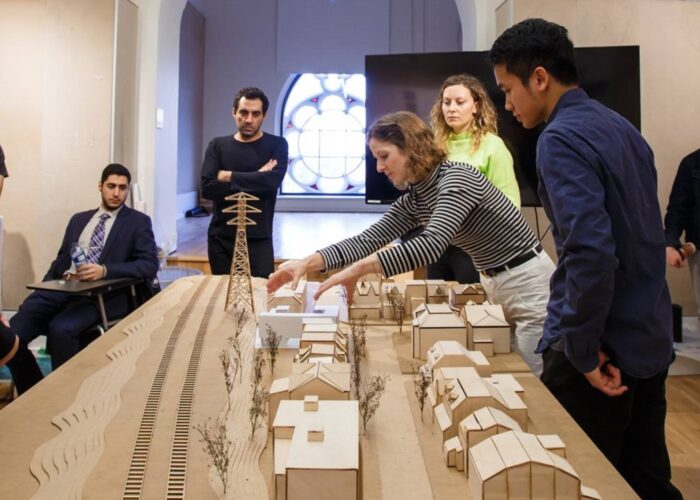 University of Toronto
University of Toronto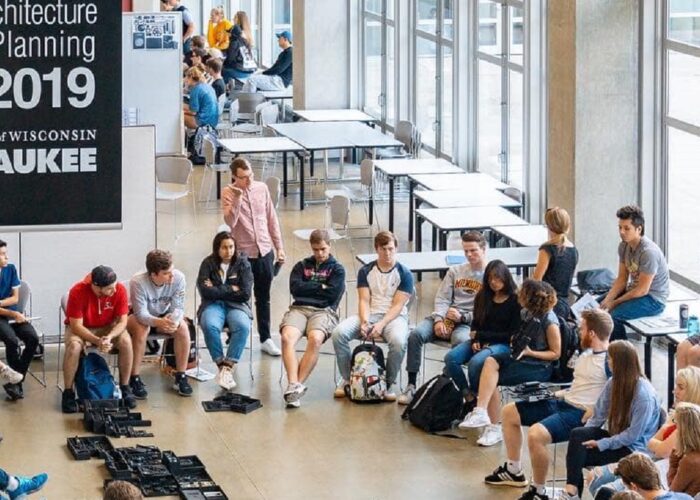 43.0764° N | 87.8816° W
43.0764° N | 87.8816° W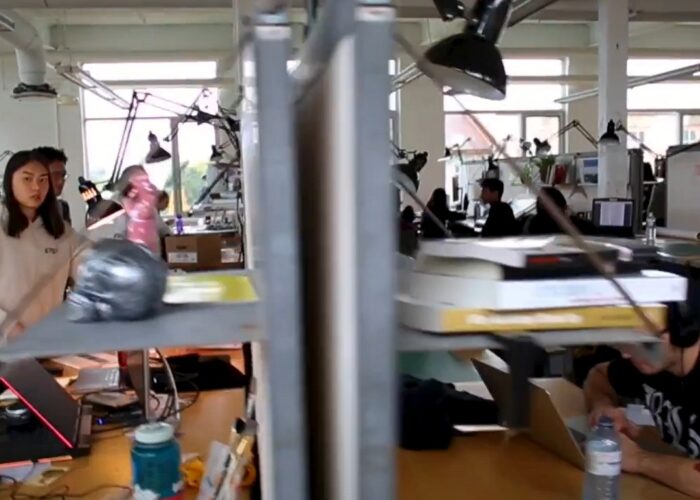 University of Waterloo Ontario
University of Waterloo Ontario California Polytechnic University | San Luis Obispo County
California Polytechnic University | San Luis Obispo County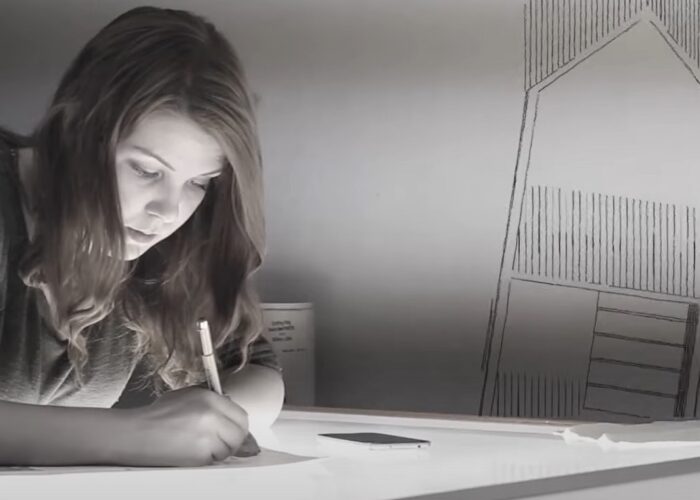 Oulun yliopisto | Pohjois-Pohjanmaa
Oulun yliopisto | Pohjois-Pohjanmaa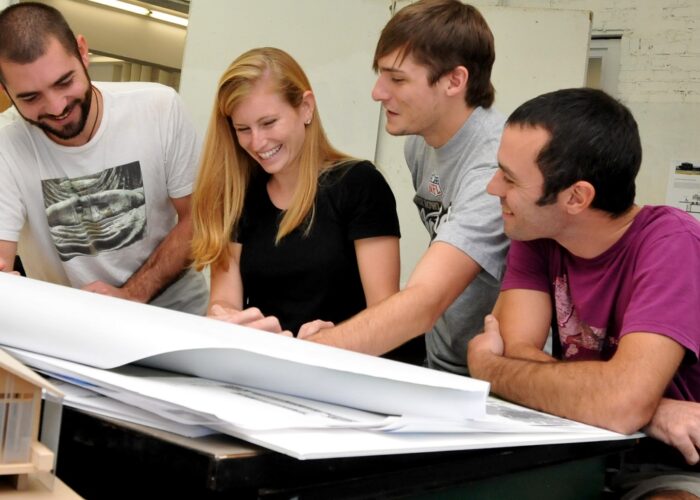 Tulane School of Architecture Louisiana
Tulane School of Architecture Louisiana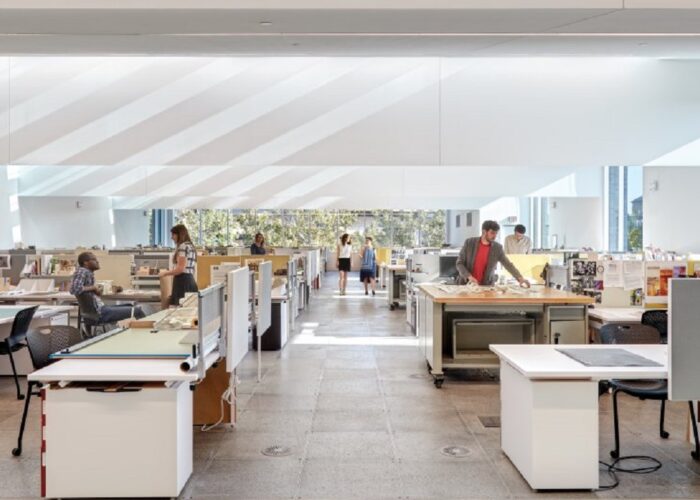 University of Michigan | Washtenaw County
University of Michigan | Washtenaw County Auburn University | Lee County Alabama
Auburn University | Lee County Alabama University of Kansas School of Architecture | Douglas County
University of Kansas School of Architecture | Douglas County
As reported by the US Department of Commerce Census Bureau the value of construction put in place by May 2025 by the US education industry proceeded at a seasonally adjusted annual rate of $135.970 billion. This number does not include renovation for projects under 50,000 square feet and new construction in university-affiliated health care delivery enterprises. Reports are released two months after calendar month. The complete report is available at the link below:
MONTHLY CONSTRUCTION SPENDING August 2025 (released two months after calendar month)
THE FEDERAL GOVERNMENT SHUTDOWN LAST MONTH HAS INTERRUPTED THE RELEASE CADENCE THIS MONTH
Total construction activity for June 2025 ($2,136.2 billion) was 0.4 percent below the revised May 2025 estimate ($2,143.9 billion).
Learn more: https://t.co/ljpaYyKjuX#CensusEconData pic.twitter.com/TS6ewzZhc4
— U.S. Census Bureau (@uscensusbureau) August 1, 2025
This spend makes the US education facilities industry (which includes colleges, universities, technical/vocational and K-12 schools, most university-affiliated medical research and healthcare delivery enterprises, etc.) the largest non-residential building construction market in the United States after commercial property; and fairly close. For perspective consider total public + private construction ranked according to the tabulation most recently released:
$137.604 billion| Education Facilities
$155.728 billion | Power
$69.625 billion | Healthcare
Keep in mind that inflation figures into the elevated dollar figures. Overall — including construction, energy, custodial services, furnishings, security. etc., — the non-instructional spend plus the construction spend of the US education facilities is running at a rate of about $300 – $500 billion per year.
LIVE: A selection of construction cameras at US schools, colleges and universities
![]()
We typically pick through the new data set; looking for clues relevant to real asset spend decisions. Finally, we encourage the education facilities industry to contribute to the accuracy of these monthly reports by responding the US Census Bureau’s data gathering contractors.
As surely as people are born, grow wealthy and die with extra cash,
there will be a home for that cash to sustain their memory and to steer
the cultural heritage of the next generation in beautiful settings.
More
National Center for Educational Statistics
AIA: Billings Index shows but remains strong May 2022
National Center for Education Statistics
Sightlines: Capital Investment College Facilities
OxBlue: Time-Lapse Construction Cameras for Education
US Census Bureau Form F-33 Survey of School System Finances
Global Consistency in Presenting Construction & Life Cycle Costs
New update alert! The 2022 update to the Trademark Assignment Dataset is now available online. Find 1.29 million trademark assignments, involving 2.28 million unique trademark properties issued by the USPTO between March 1952 and January 2023: https://t.co/njrDAbSpwB pic.twitter.com/GkAXrHoQ9T
— USPTO (@uspto) July 13, 2023
Standards Michigan Group, LLC
2723 South State Street | Suite 150
Ann Arbor, MI 48104 USA
888-746-3670




